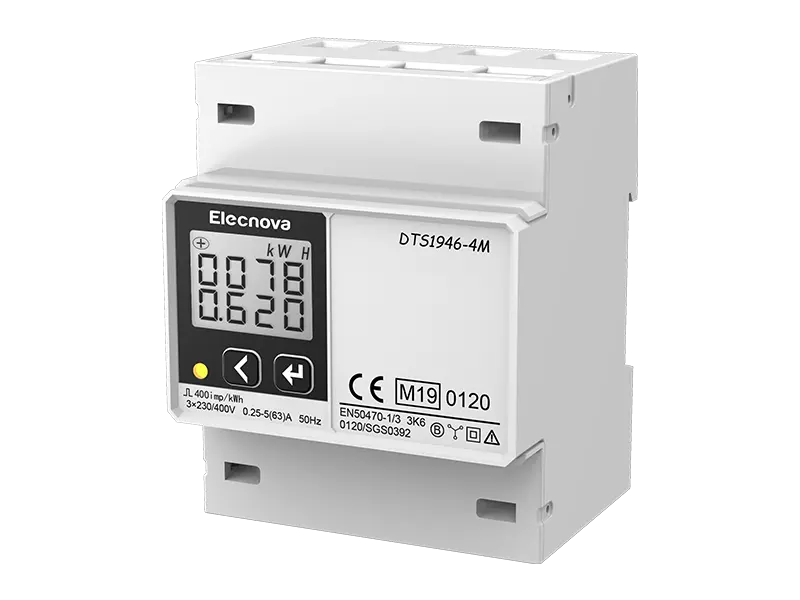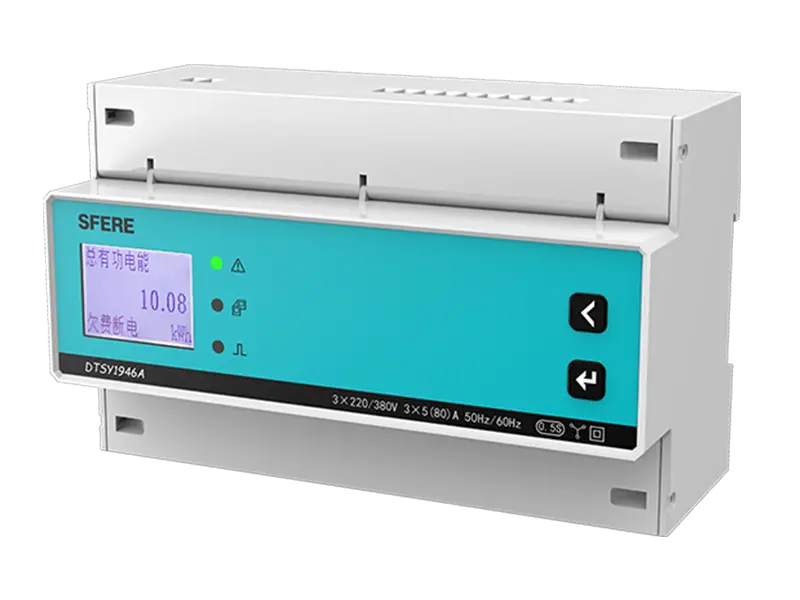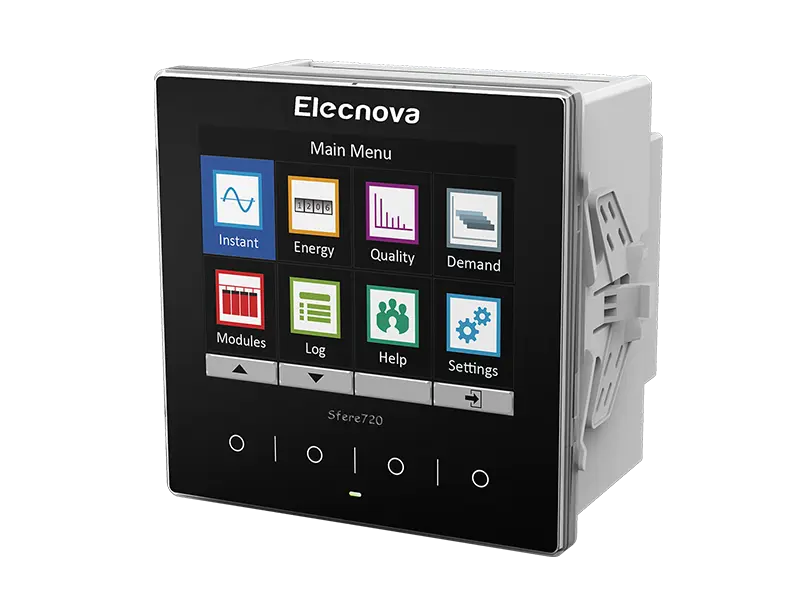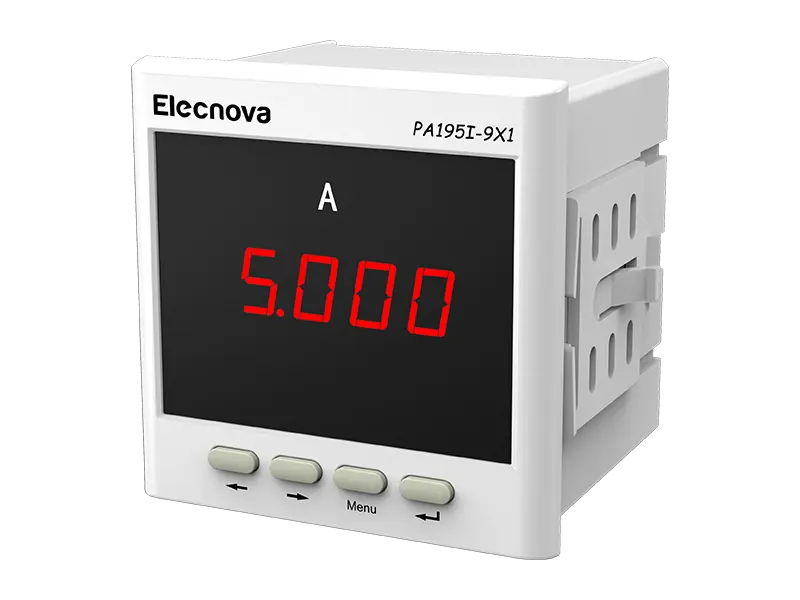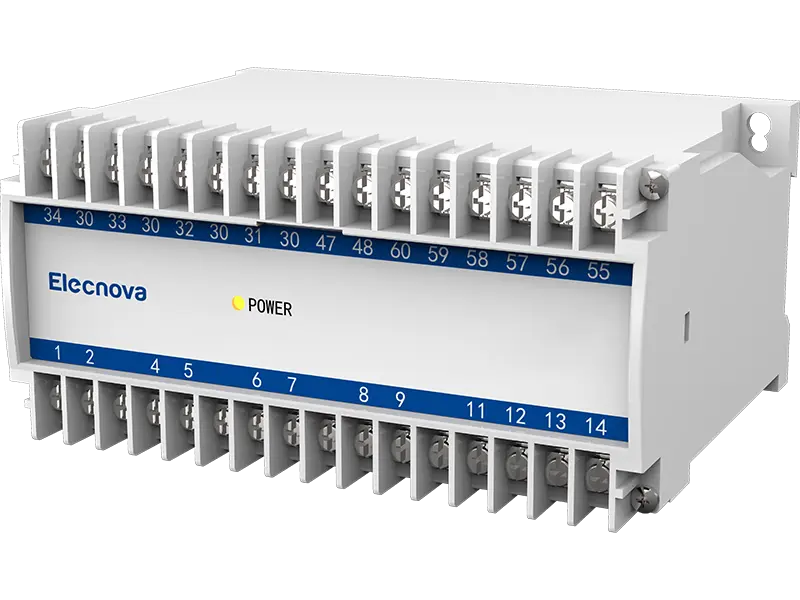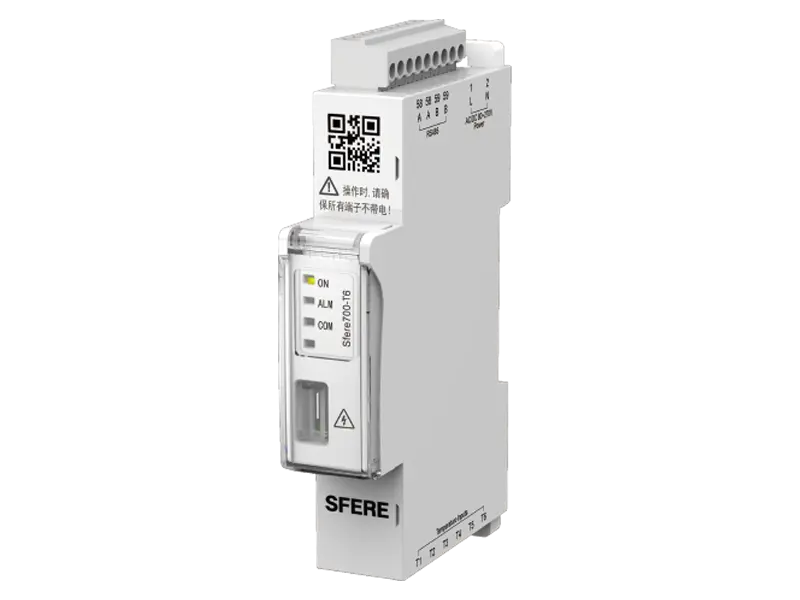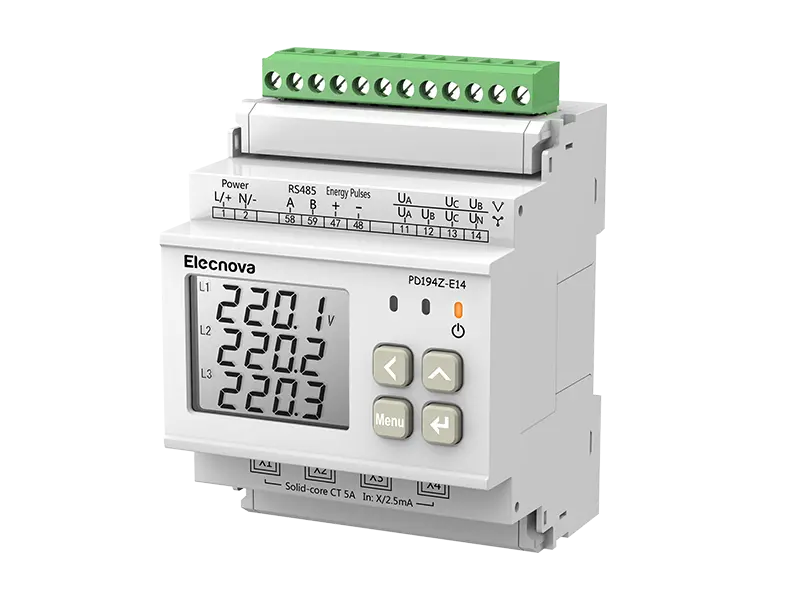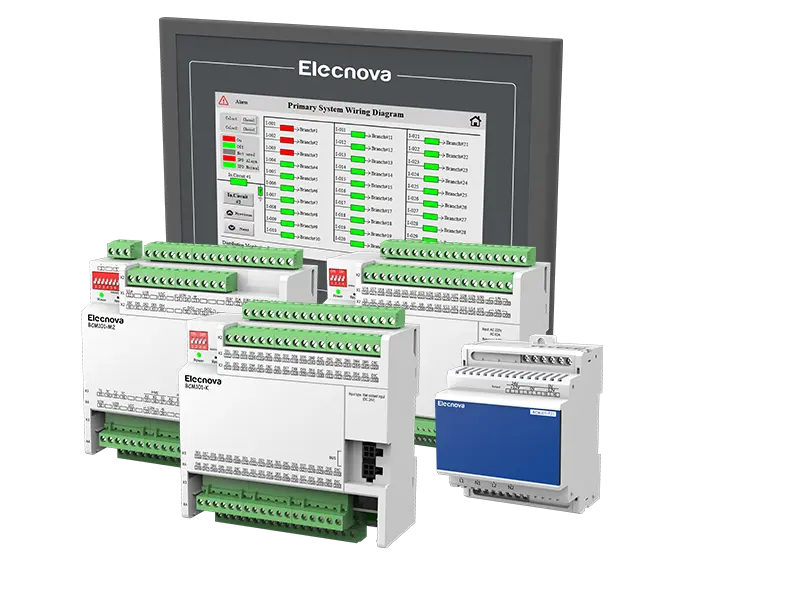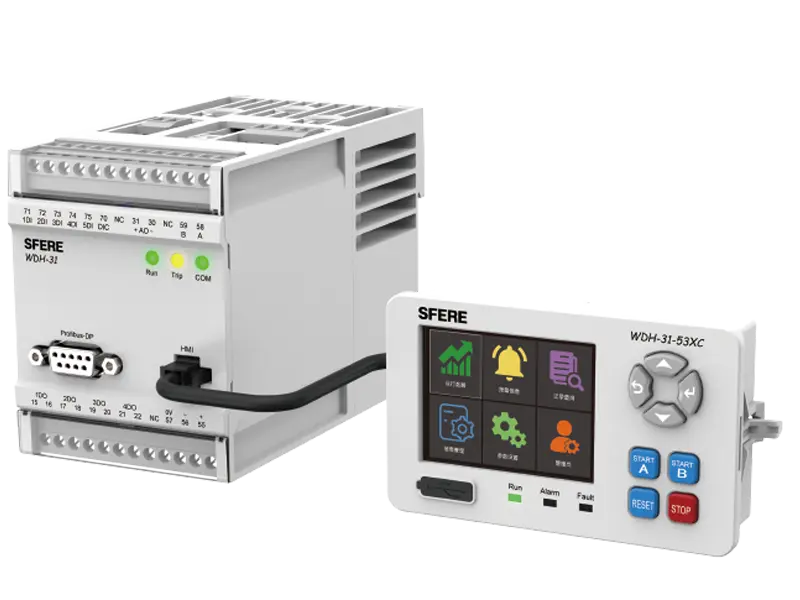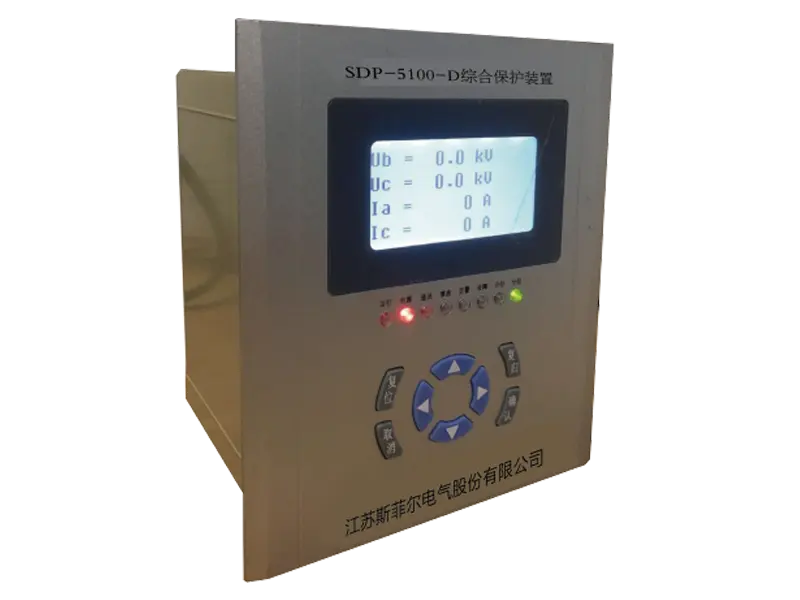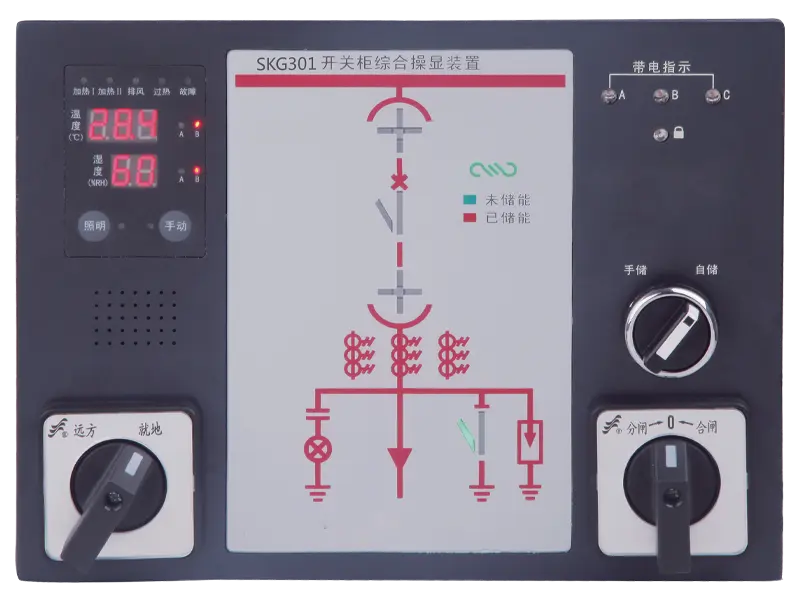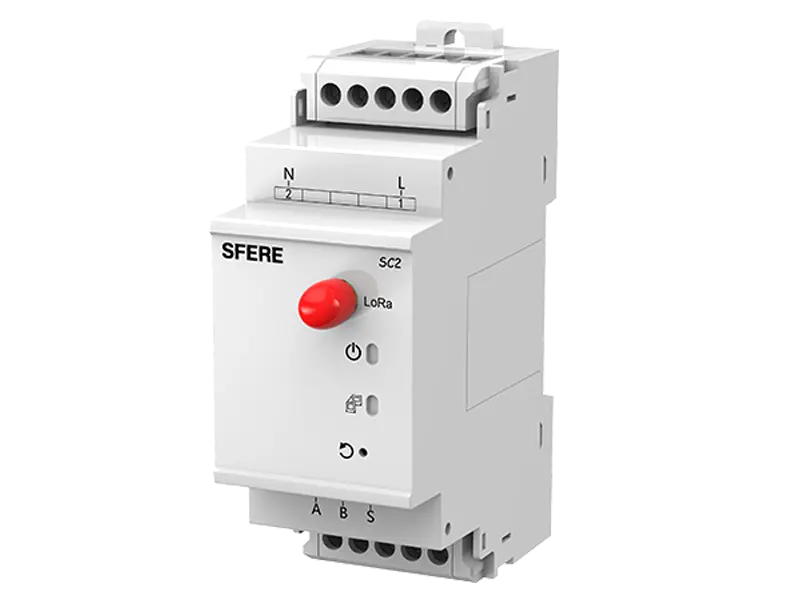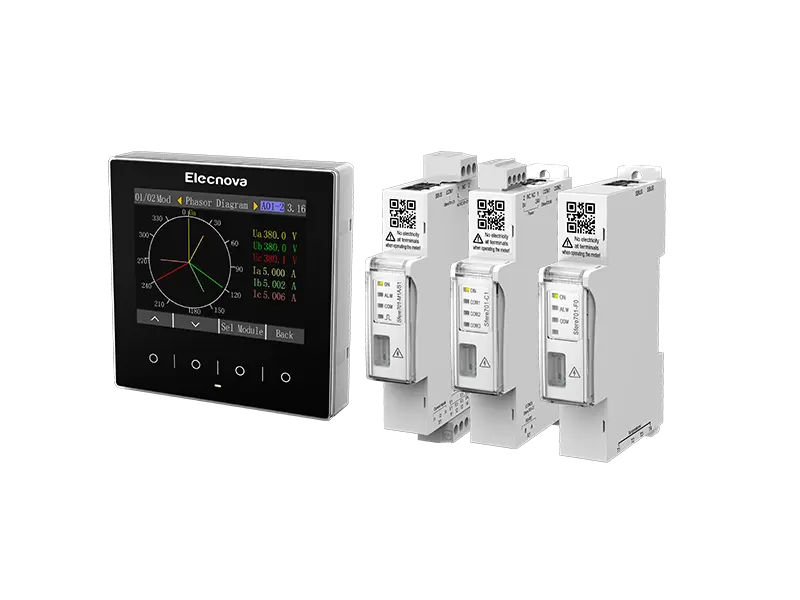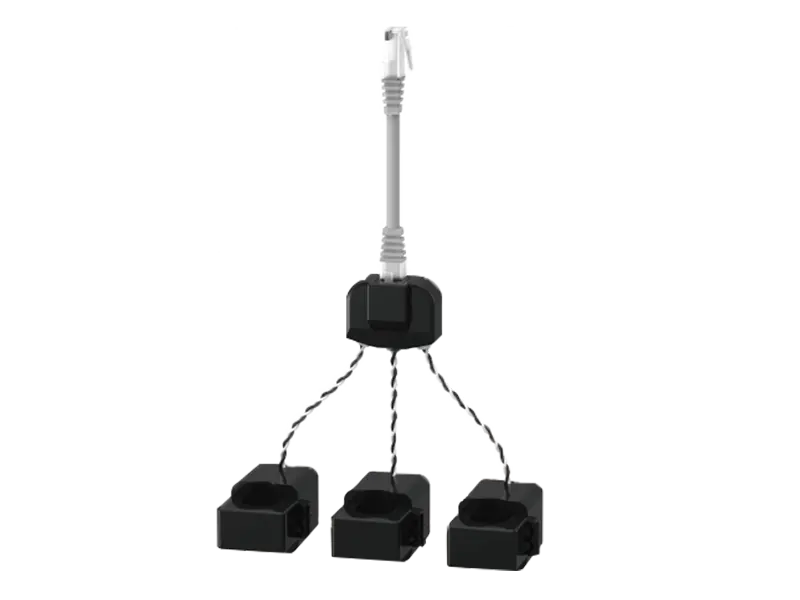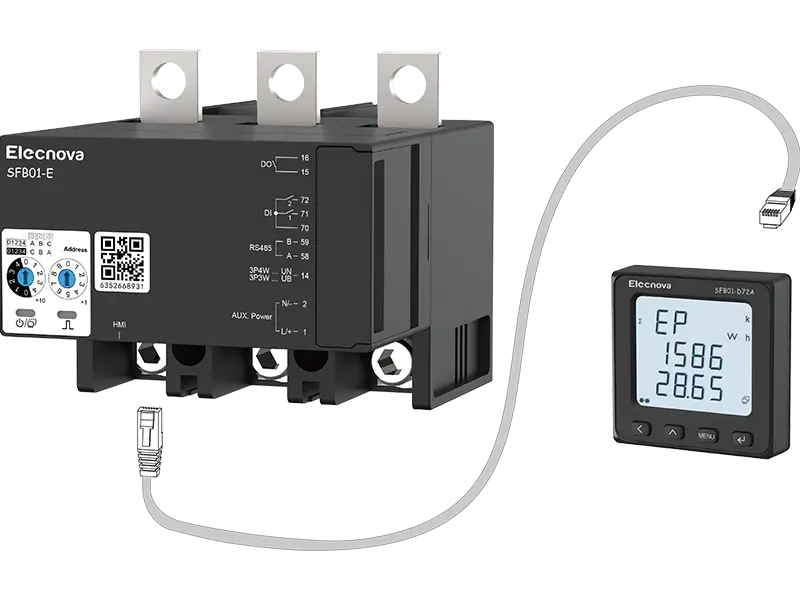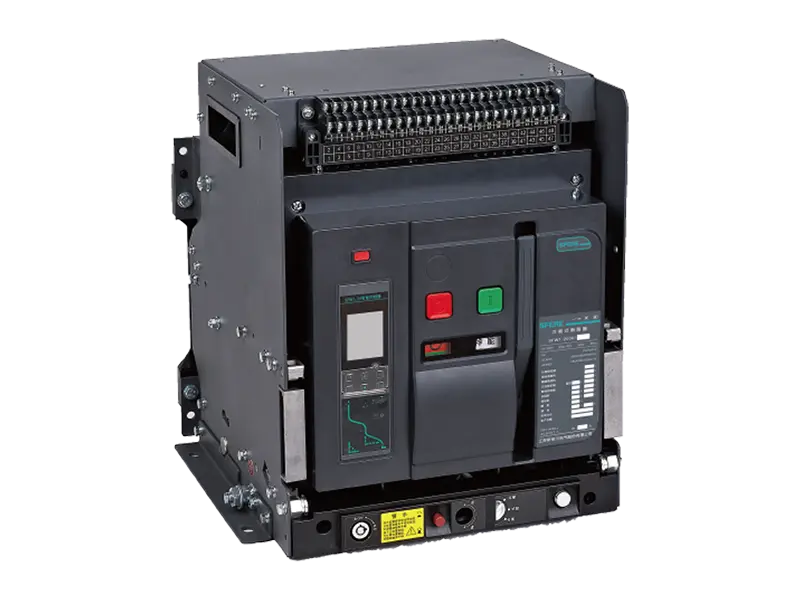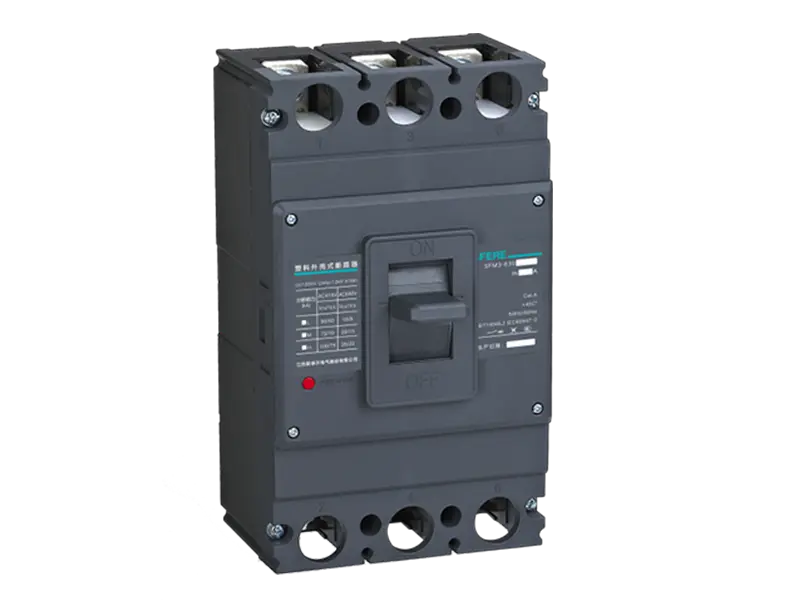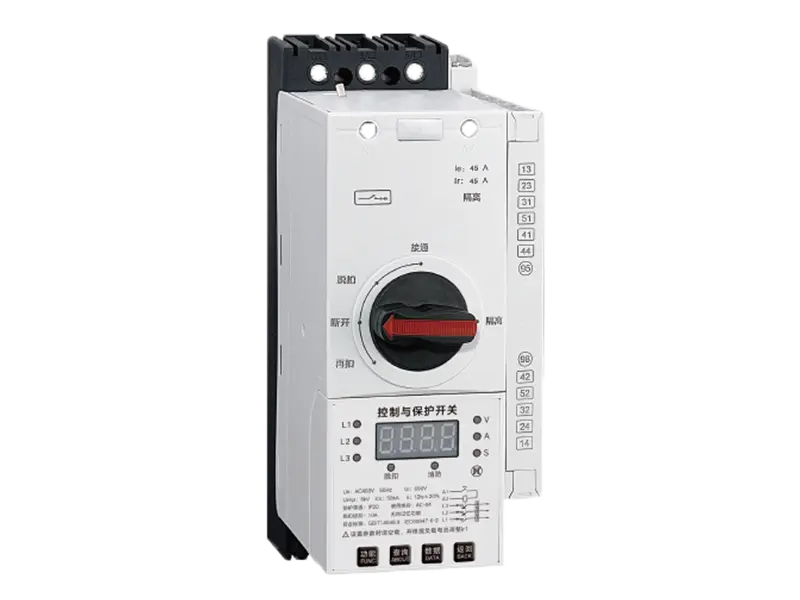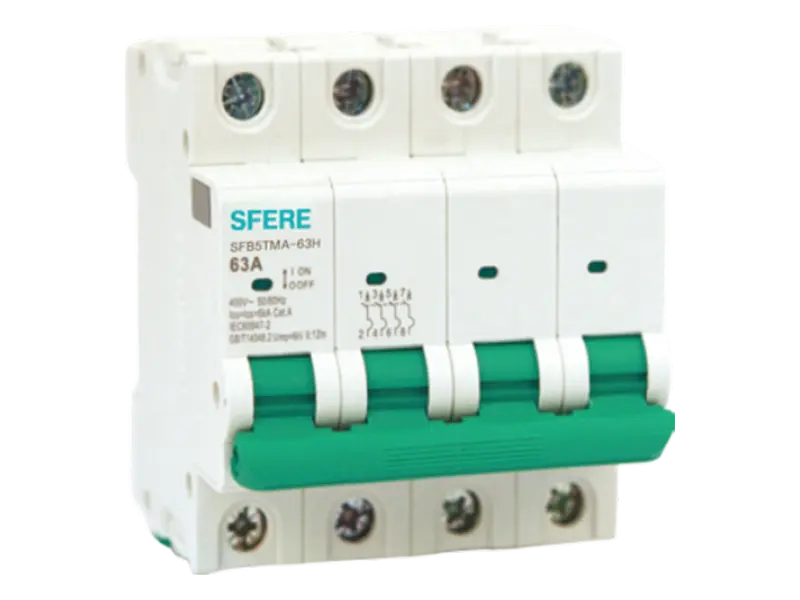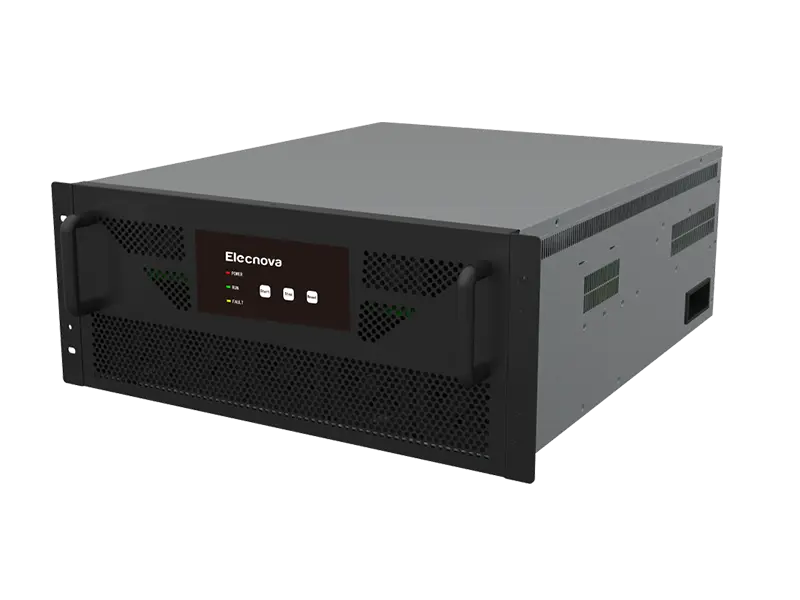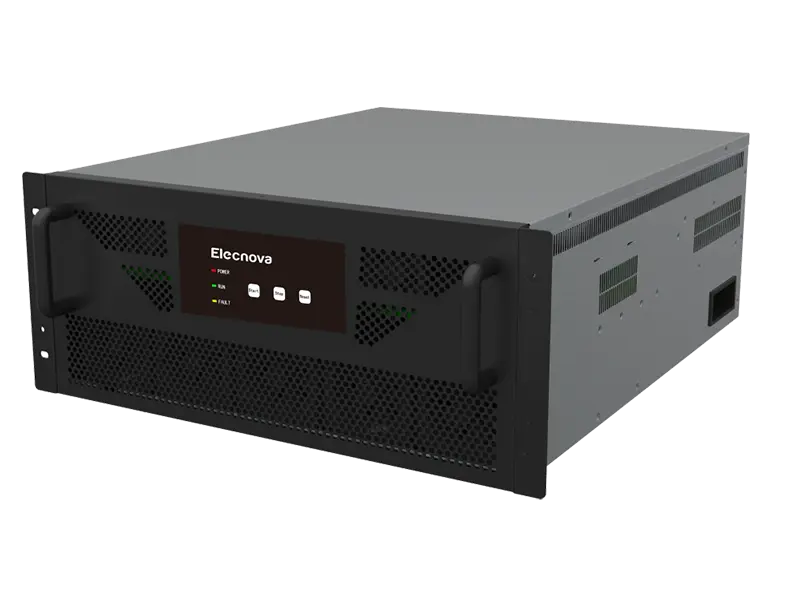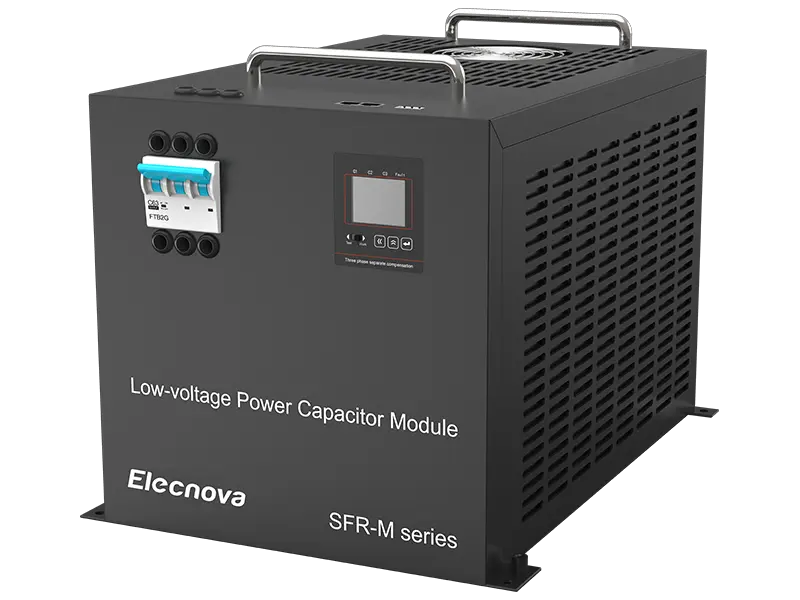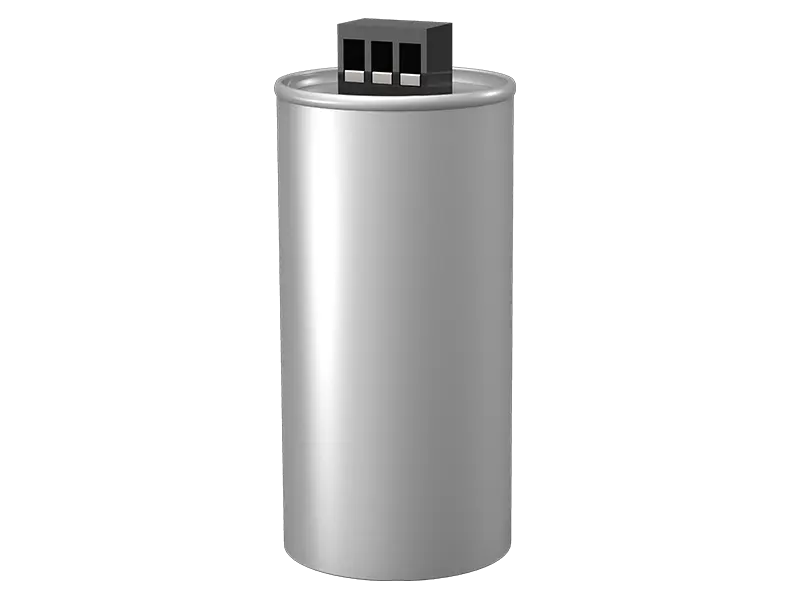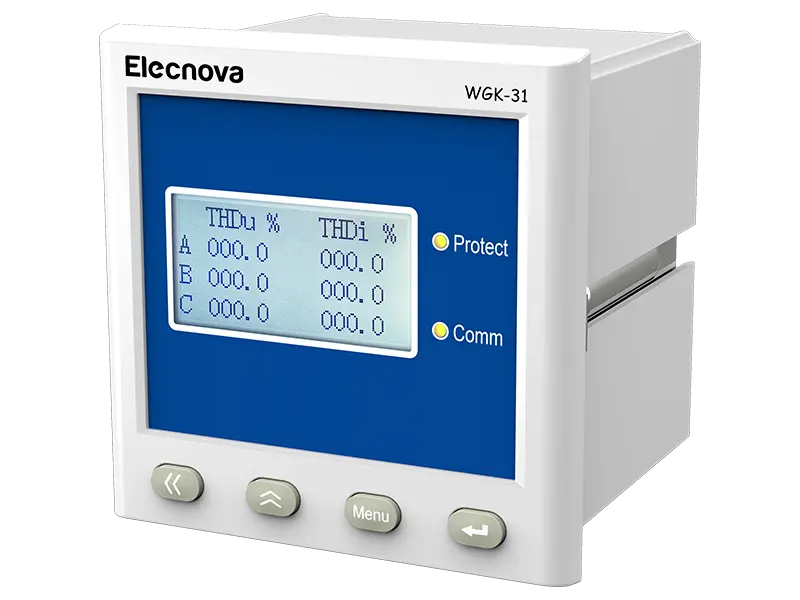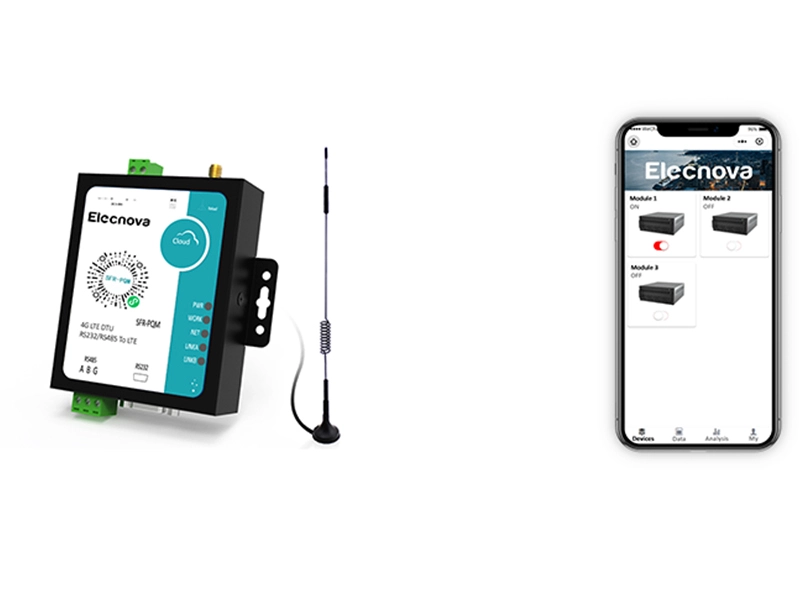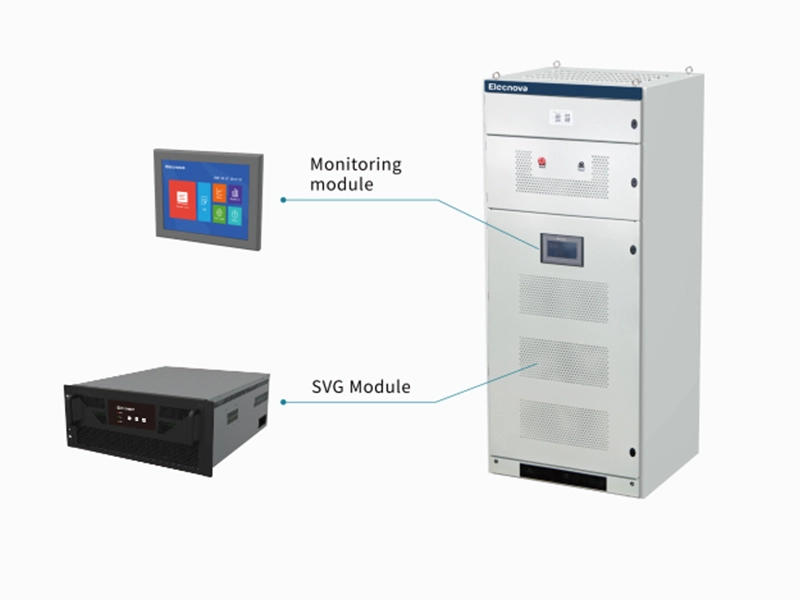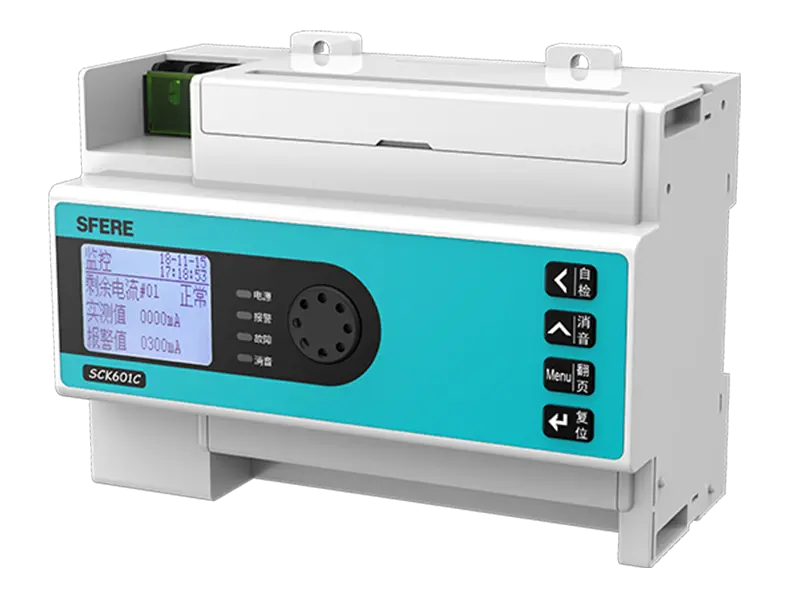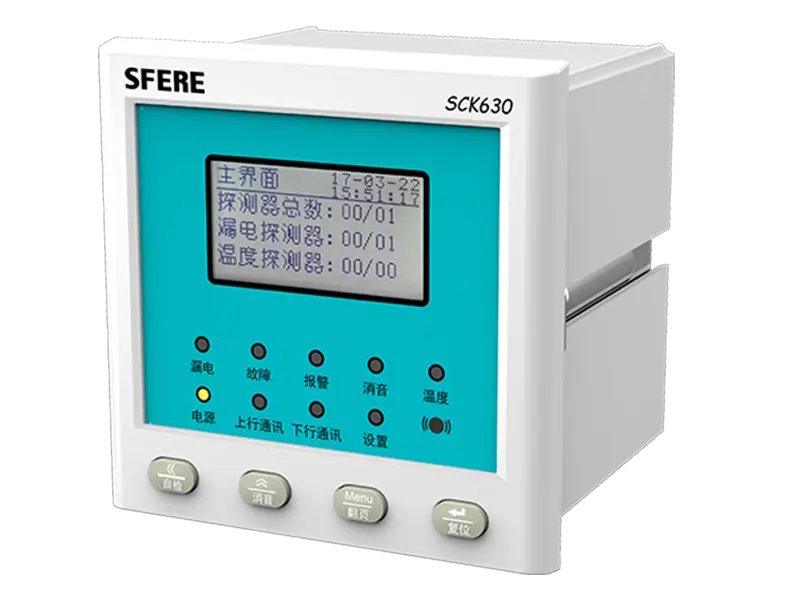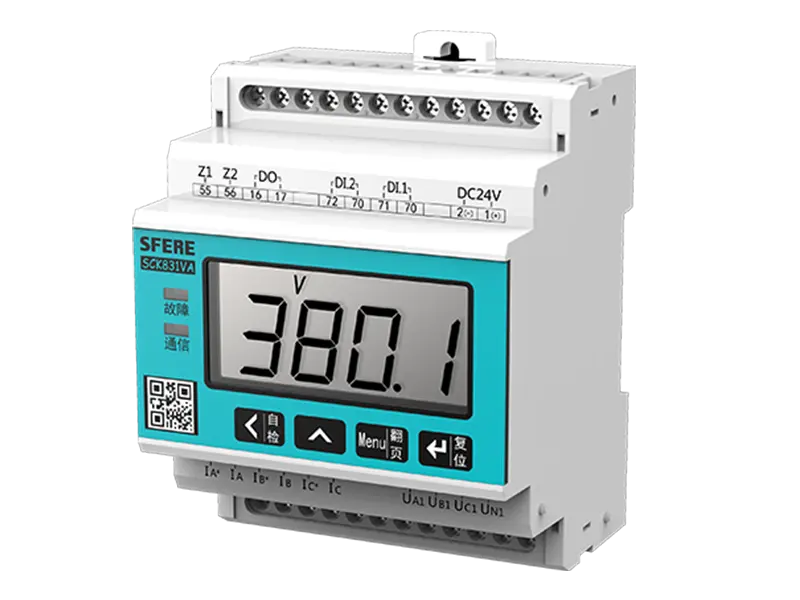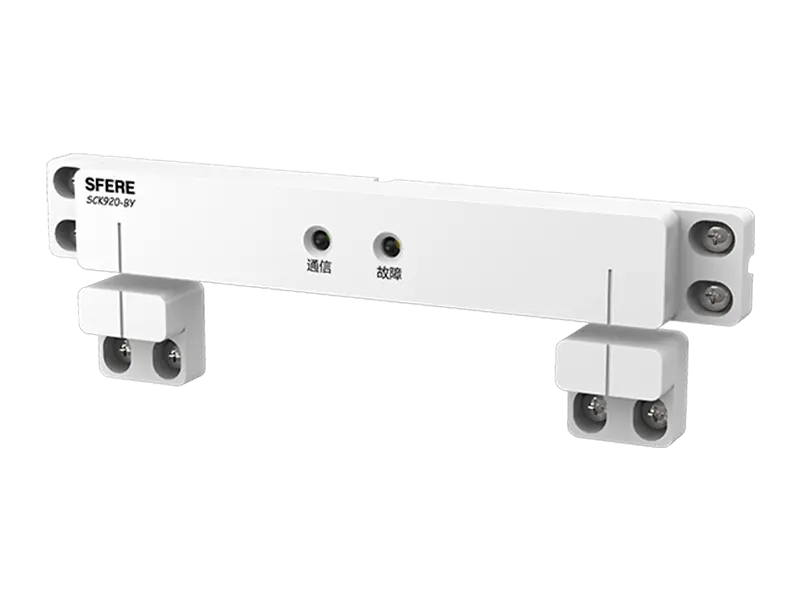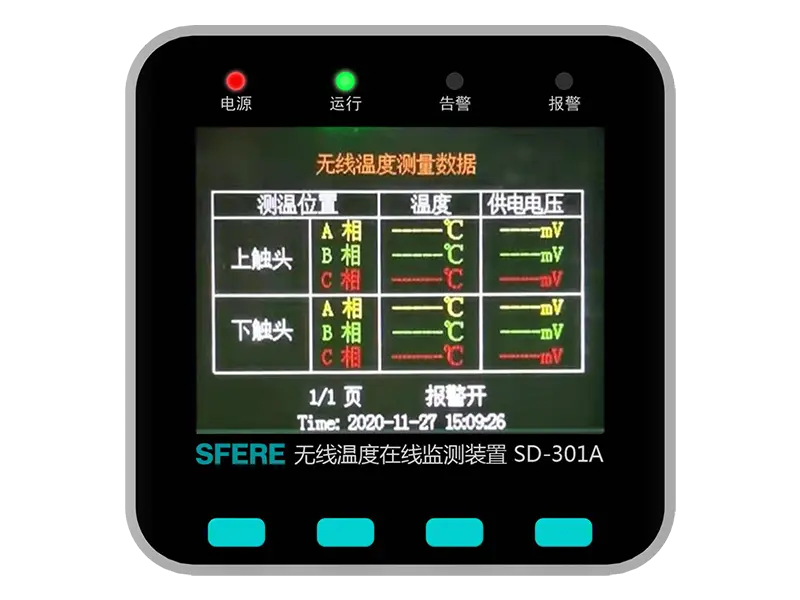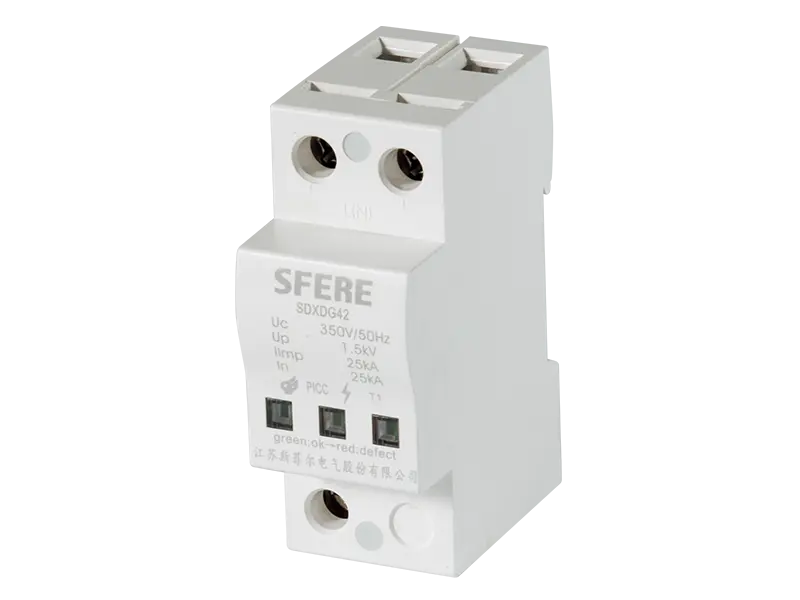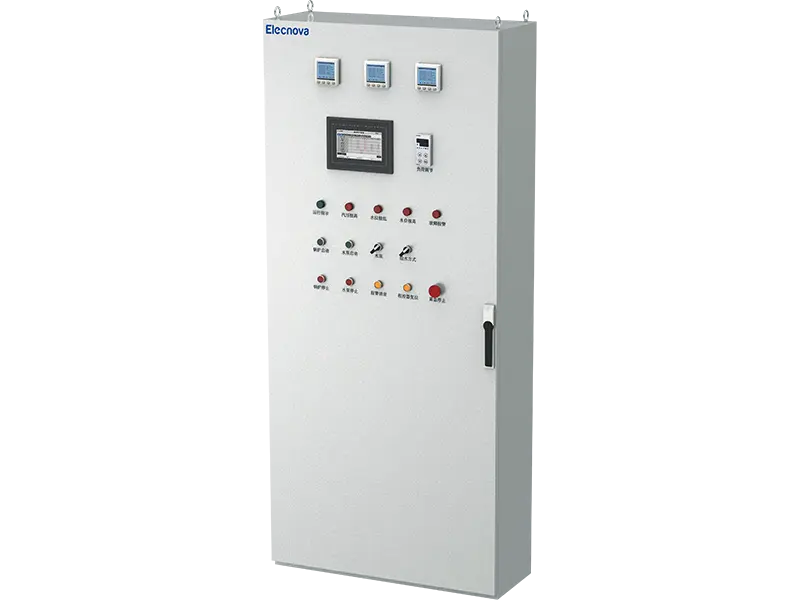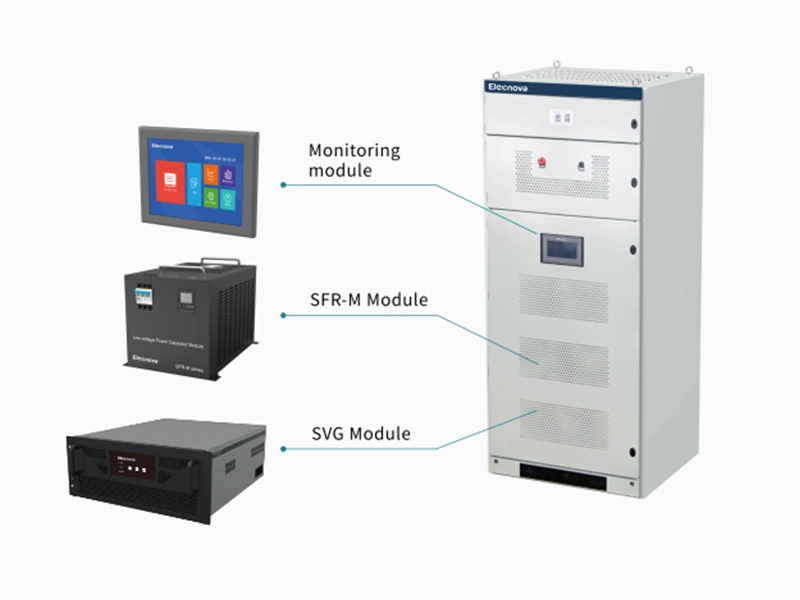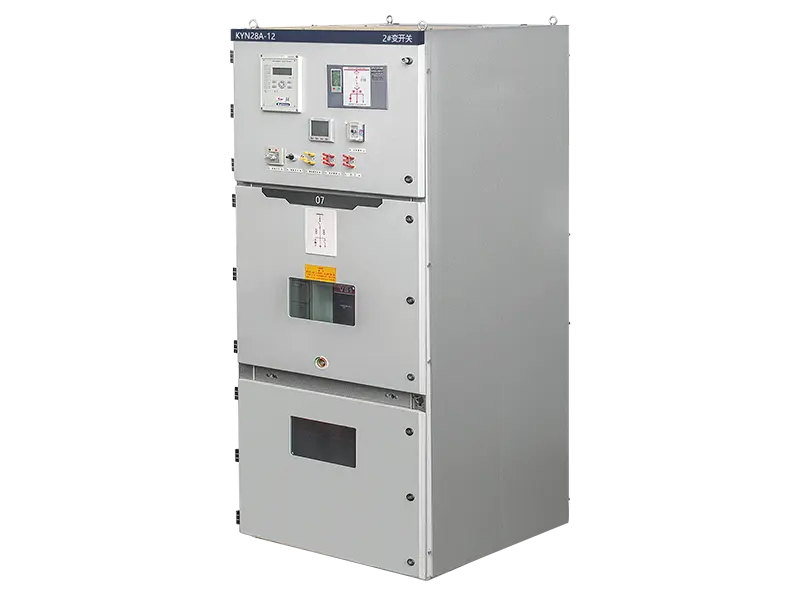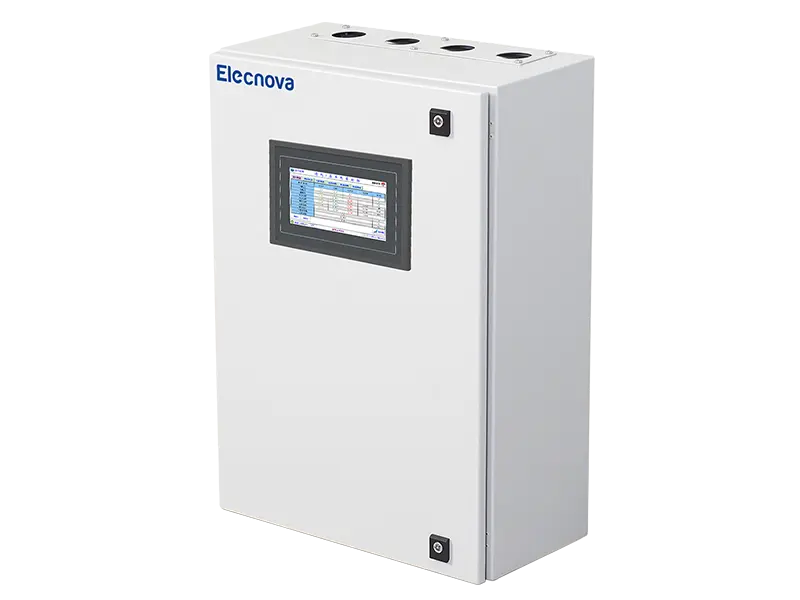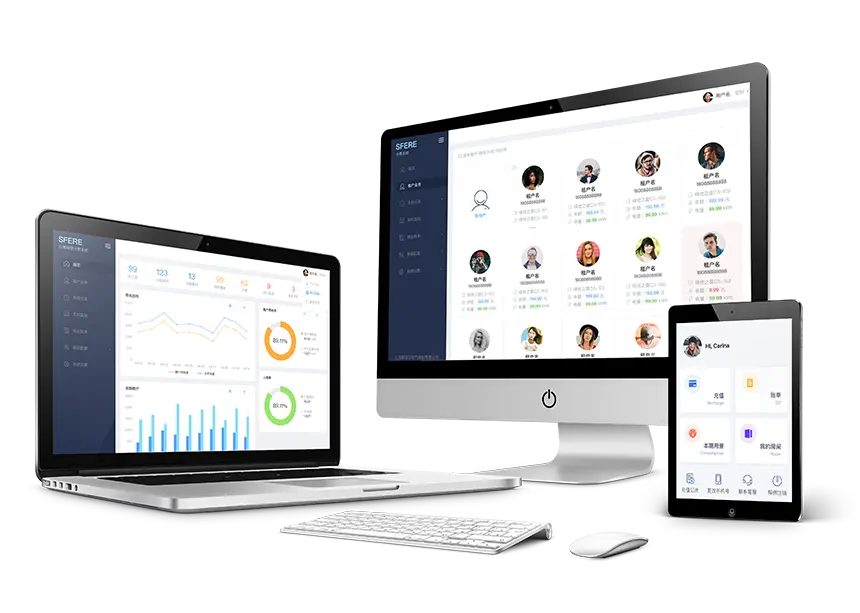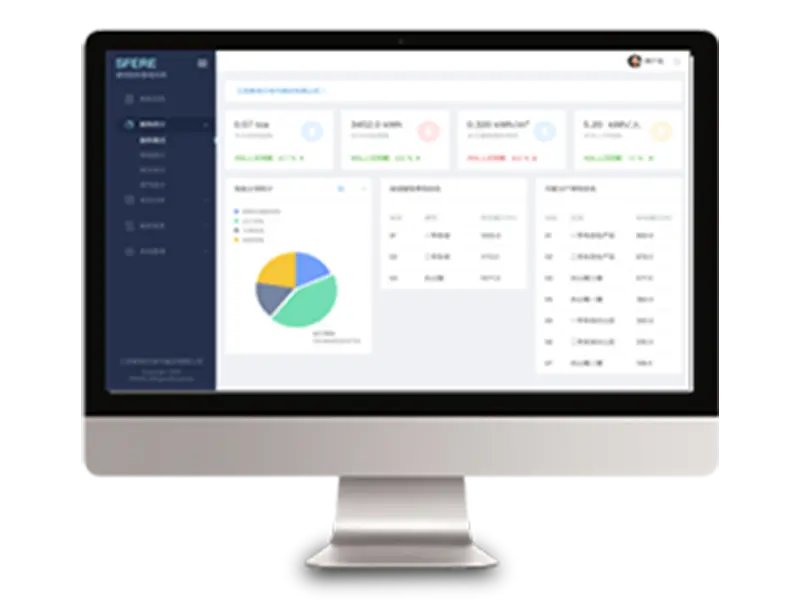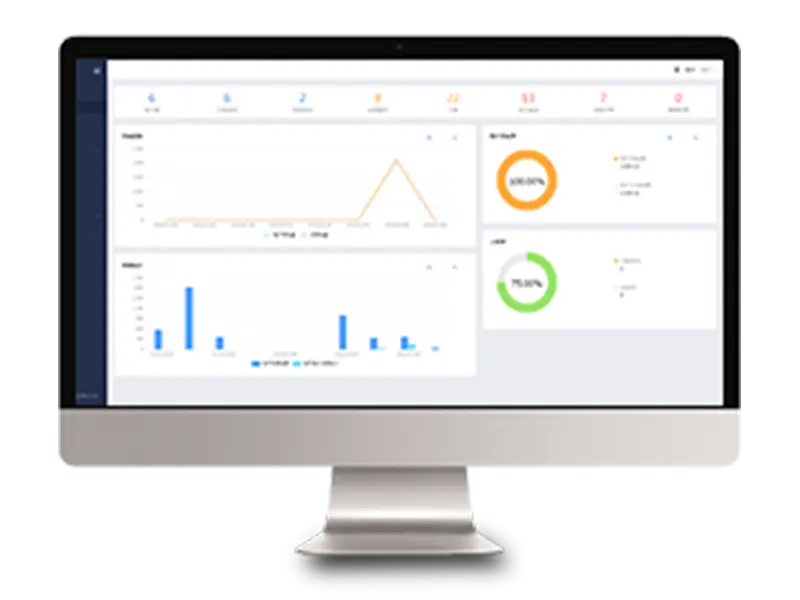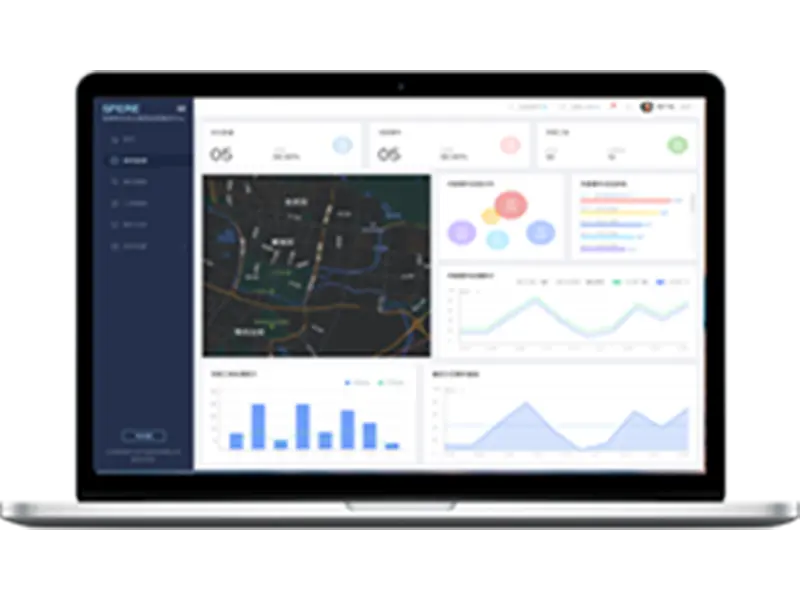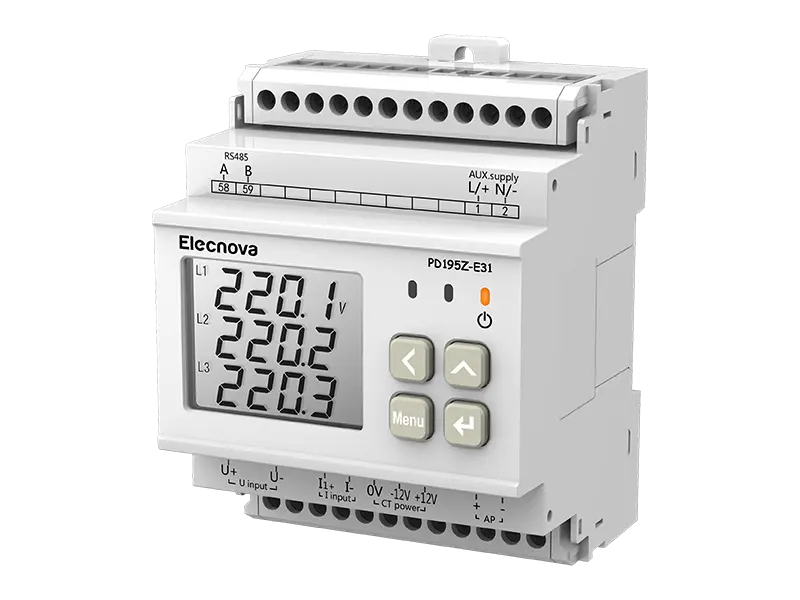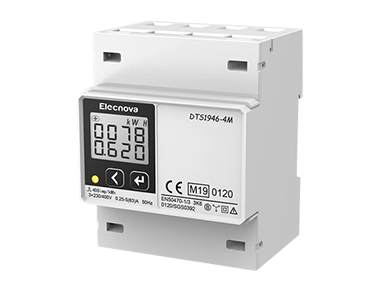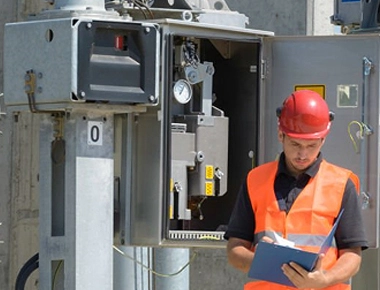Monitoring electricity usage per circuit is essential for understanding energy consumption patterns, identifying inefficiencies, and optimizing energy usage in residential, commercial, and industrial settings. Here's a detailed guide on how to achieve this:
1. Assess Requirements: Determine the specific circuits you want to monitor and the level of detail needed for analysis. Consider factors such as the type of equipment connected to each circuit, energy usage patterns, and project goals.
2. Select Monitoring Equipment: Choose appropriate energy monitoring devices for each circuit. Options include submeters, branch circuit monitors, or smart plugs. Ensure compatibility with your electrical system and monitoring requirements.
3. Install Monitoring Devices: Install the selected monitoring devices at strategic locations within the electrical distribution system. For individual circuits, this typically involves installing the devices near the circuit breaker panel or distribution board associated with each circuit.
4. Wiring Connection: Connect the monitoring devices to the circuits you wish to monitor. Follow manufacturer instructions and safety guidelines for proper wiring connections. Ensure accurate measurement of voltage and current for each circuit.
5. Configure Monitoring System: Set up the monitoring system to collect data from each monitoring device. Configure parameters such as sampling intervals, data storage settings, and communication protocols. Choose a monitoring system that provides real-time data visualization and reporting capabilities.
6. Data Collection and Analysis: Monitor electricity usage data collected from each circuit over time. Analyze usage patterns, peak demand periods, and energy consumption trends. Compare usage across circuits to identify outliers or areas for improvement.
7. Identify Opportunities: Use the insights gained from data analysis to identify energy-saving opportunities and efficiency improvements. Target circuits with high energy usage or inefficient equipment for optimization efforts.
8. Implement Energy Management Strategies: Implement energy management strategies based on data analysis findings. This may include adjusting equipment settings, scheduling usage times, upgrading to more energy-efficient devices, or implementing demand response measures.
9. Continuous Monitoring and Optimization: Continuously monitor electricity usage per circuit and track the effectiveness of implemented strategies. Make adjustments as needed to optimize energy usage and maximize cost savings over time.
By monitoring electricity usage per circuit, you can gain valuable insights into your energy consumption patterns, identify opportunities for efficiency improvements, and make informed decisions to reduce energy costs and environmental impact.


